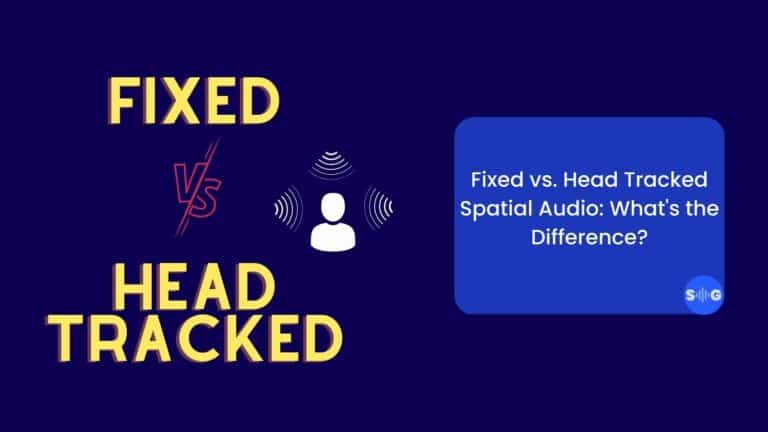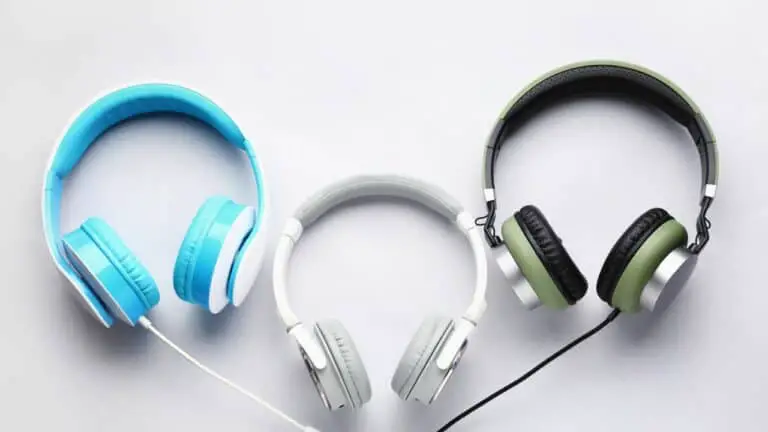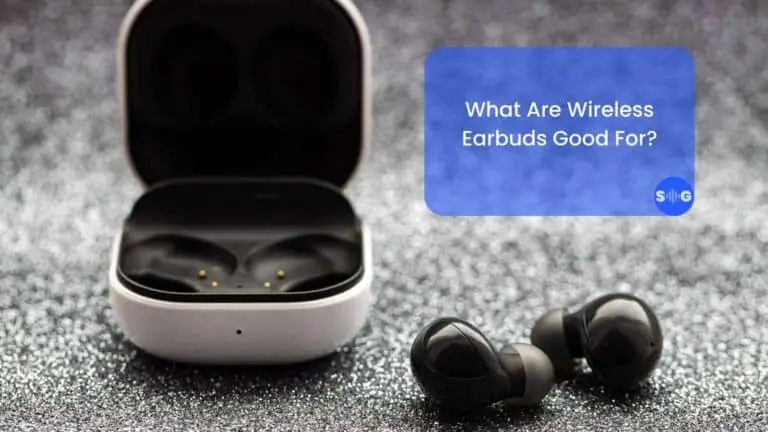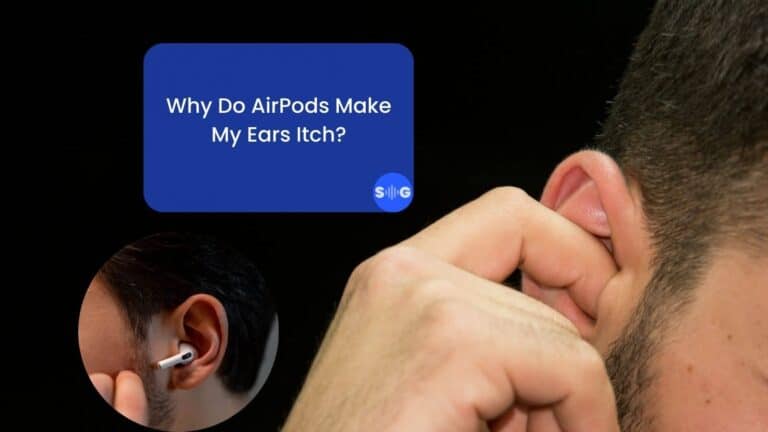Is Listening to Headphones at Low Volume Bad? (Explained)
This post may contain affiliate links, and we will be compensated if you buy after clicking on our links. Learn More
It’s hard to overestimate the importance of your hearing. No one wants to strain when having a conversation with their loved ones. There’s even research that deafness can accelerate the onset of dementia.
One of the biggest factors in hearing loss is the loud music we listen to with our headphones. But what if at a low volume? In the rest of this article, I’m going to take a deep dive into is listening to headphones at low volume bad.
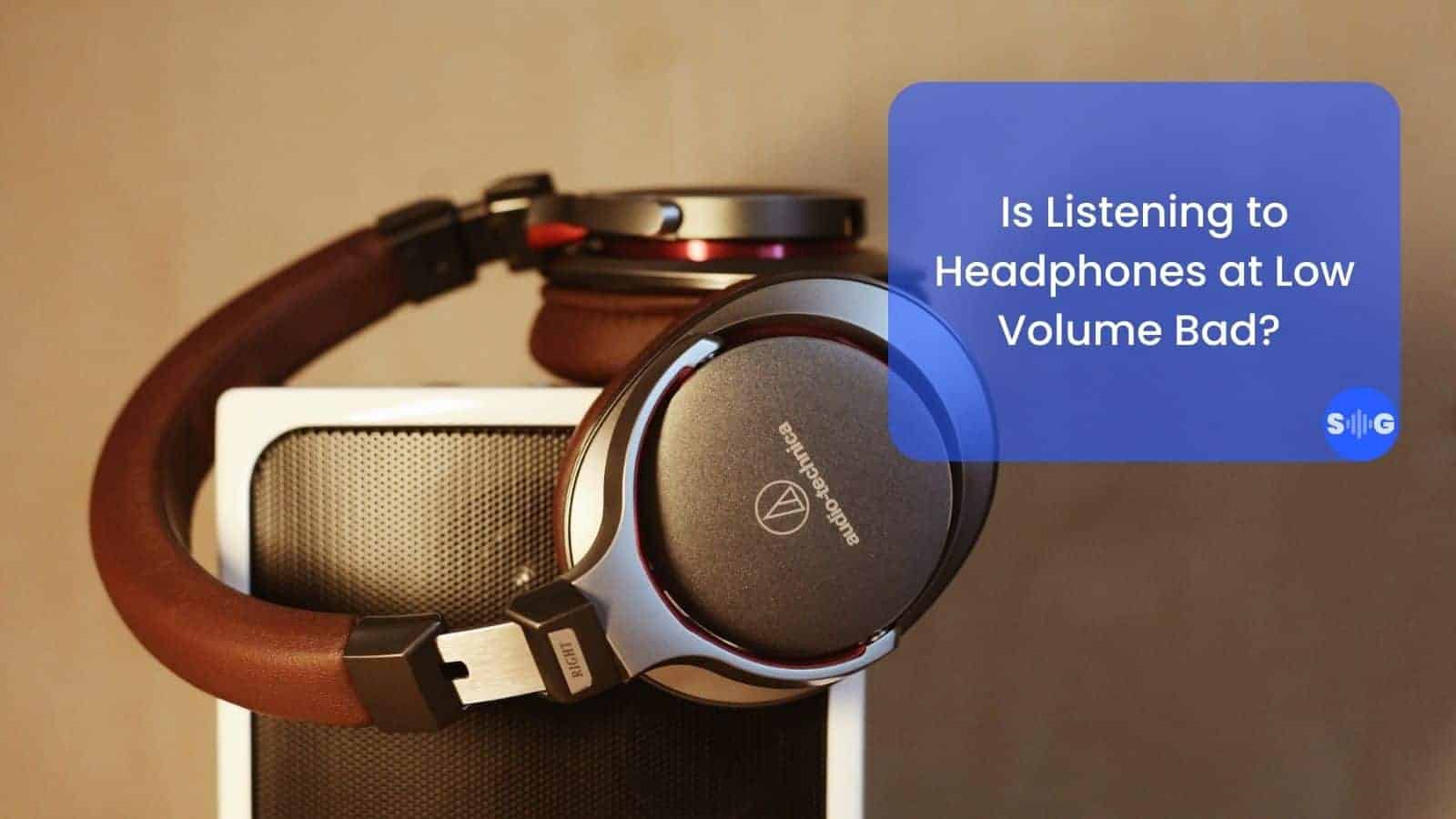
Can listen to headphones at low volume damage your ears?
No, listening to headphones at low volume does not damage ears or hearing. According to the National Institutes of Health (NIH), any sound below 70 decibels is unlikely to contribute to hearing loss even after prolonged exposure.
For context, here are the decibel levels of familiar sounds:
- Normal conversation – 60 – 70 decibels
- Movie theatre – 74-104 decibels
- Sirens 110-129 decibels
- Fireworks 140-160 decibels.
So, you should be fine, provided you listen to your music at a volume at or lower than that of a normal conversation.
The following are the risks of listening to headphones at a volume that’s too loud.
- Tinnitus. Tinnitus is ringing or buzzing in your ears when those sounds aren’t in your environment.
- Hearing Loss: Noise can damage the hairs in your cochlea, a part of your inner ear, that turn sounds from your environment into electrical currents for your brain. As a result, you may struggle to hear ordinary sounds.
- Losing your balance. Your inner ear plays a crucial role in your sense of balance. Your brain receives signals from a pocket of fluid in part of your inner ear called the cochlea that tell it your body’s orientation. Damage to your hearing is damage to the tiny hairs inside the cochlea that sense the movement of this fluid. That means hearing loss also causes a loss of balance.
- Sensitivity. Damage to your ears may result in you developing sensitivity to everyday sounds, making them appear louder than they are.
Listening to music at a high volume has other risks as well. It can drain your phone’s battery and damage headphones by creating excessive heat.
What is a safe volume for headphones?
60-70 decibels is a safe volume for headphones. Music any louder than this can cause hearing damage after long exposure. The average headphone user listens to music at 94 decibels, loud enough to cause long-term damage.
Here’s how you can tell if you’re listening to your headphones too loud:
- Measure the Sound Level with a Sound Meter. A sound meter is a tool that will give you a sound’s decibel reading. You can pick a cheap one up for $30 on Amazon. Be aware these cheaper models don’t provide the most accurate reading, but they are better than nothing.
- Use the arm-length test. Hold out your earbuds at arm’s length. Can you still hear your music? Then your volume is far too loud. This is far from scientific, but it will give you a good sense of if your volume is really loud.
- Know the warning signs of hearing loss. There are some common signs of hearing loss that you need to know if you listen to music with earbuds. These are muffled sounds, ringing in your ears at random times, and difficulty hearing conversation in areas with a lot of background noise. If you notice these symptoms, stop using earbuds or significantly reduce their volume.
How can I listen to music on my headphones without damaging my hearing?
You can listen to music on your headphones without damaging your hearing by taking the following steps:
- Turn down the volume. Sustained exposure to loud noises causes hearing loss. Avoid this problem by reducing the volume on your headphones to a reasonable level.
- Set a volume limit. One way to stop hearing damage is establishing a volume limit on your devices. Android and Apple devices can set a volume limit in their settings to limit sounds to a safe level.
- Use noise-cancelling headphones. One of the major reasons people listen to music too loud with headphones is that they’re trying to drown out background noise. Using noise-cancelling headphones means you can still hear your music at a lower volume.
- Wear headphones rather than earbuds. You can also protect your hearing by using headphones rather than earbuds. Earbuds go inside your ear and can cause more damage at the same volume because they are positioned closer to your eardrum.
- Limit your listening time. Most of the damage to your hearing comes from prolonged exposure to high volumes. You can reduce the risk considerably by reducing the time you listen to loud music. Limit any music over 100 decibels to just 15 minutes of listening.
- Wear earplugs during high-volume activities. Hearing damage doesn’t just come from listening to loud music. It also comes from consistent exposure to loud noises over your day. Wearing earplugs when exposed to construction, traffic (not while driving), and even crowded spaces can reduce the damage from listening to loud music in your earbuds.
At what volume should I listen to music with AirPods?
You should listen to music with Airpods at a volume of between 60 and 70 decibels. This is the same for all kinds of earbuds. Luckily, Apple has implemented several features to help you control your AirPods’ volume:
- Measure Decibels. Go to “Control Center” in your iPhone, then add “Hearing.” You should be able to see a decibel counter for your AirPods if you scroll down to the right control panel. Keep the volume in the 60s and 70s for safe listening.
- Safety Reminders. Your Apple device will notify you if you’ve been listening to loud music for too long. After you get this reminder, your AirPods will automatically start at a lower volume the next time you use them. You can override both settings and increase the volume as you choose.
- Set a Decibel Limit. Go to “Settings” and then “Sounds” on your iPhone. Then, tap “Headphone Safety”. Finally, turn on “Reduce Loud Sounds” and set the slider to your preferred maximum decibel limit (this should be at the most 80 decibels). Your iPhone will now automatically reduce any sound louder than that limit.
Final Thoughts
Your hearing is important. Keep your ears safe and avoid deafness by only listening to headphones at a safe volume. Use over-hear headphones rather than in-ear earbuds whenever possible, and try to reduce sounds over 80 decibels. Keep any loud volumes to a minimum and take regular breaks when listening to loud music.
Want to learn more? Check out our takes on Why Do AirPods Make My Ears Itch?
Reference
5 ways to prevent hearing loss while using headphones
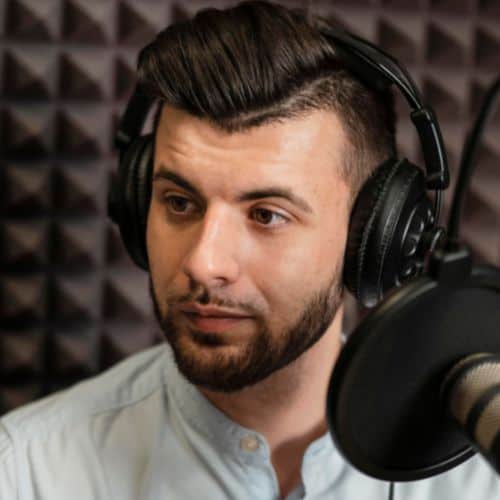
John Wilson
As a writer and passionate music lover, I write and contribute to many interesting things, especially audio equipment. I have a unique perspective and often write about things that nobody else does. This makes me a great resource for anyone looking for new and exciting information. I hope that my writing can be a source of inspiration for you.

John Wilson
As a writer and passionate music lover, I write and contribute to many interesting things, especially audio equipment. I have a unique perspective and often write about things that nobody else does. This makes me a great resource for anyone looking for new and exciting information. I hope that my writing can be a source of inspiration for you.

